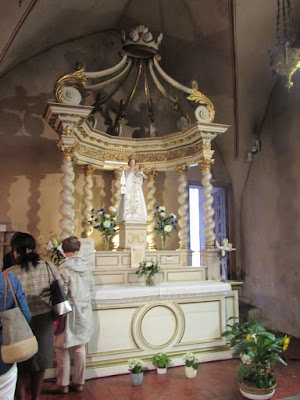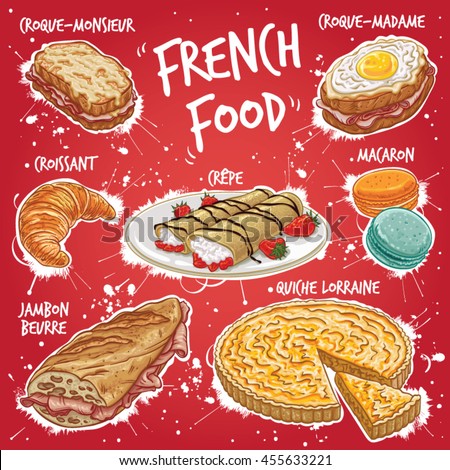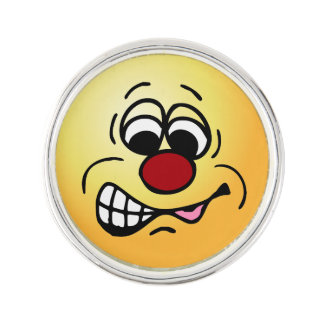 |
| Attendants carry a statue of the Black Madonna, who was honored in Le Puy on the Feast of the Assumption of Mary--August 15 |
The Assumption of Mary is a holy day of obligation for Catholics throughout the world, which means that people generally go to Mass. In the United States, that's mostly all that the day means. In Europe and South America, the people have processions like the one we experienced today in Le Puy.
In France, businesses closed their doors today in honor of Mary and churches held special Masses, celebrations, processions, concerts and other events. People lit candles and parishes dressed up their altars.

Déjeuner at the International Centre in Le Puy
 |
| (left to right) Sr. Lilly from India, Sr. Rose Marie from Mexico and Sr. Catherine (Mother Superior) from France. (Not pictured is Sr. Line from the USA.) |
Eluiza (left) cut the melons and setup the meal while Line (below) made chicken and zucchini. I made potato salad the night before. Our aperitif was cantaloupe with port wine. After the main meal we had a cheese plate and a dessert of creamy, fruity delicious-ness.
Our meal lasted almost two hours. Then we walked into town to attend the 3 o'clock procession that recognized and honored the Feast of the Assumption of Mary.
The Procession
I had never attended a religious procession in Europe and so I was very interested to see what it was like. I expected a parade that we would watch. Instead we were a part of a long and crowded procession that snaked through the cobblestone streets of Le Puy and ended up at the Cathedral, which is located on a hill above the city.

The procession started out with a group of men carrying a statue of the Cathedral's Black Madonna. (The face of Mary and Jesus are made of a black stone.)
Here is a longer view of the men carrying the statue.
Groups of priests dressed in their liturgical robes followed behind the statue.

Thousands of people took part in the procession, which included pilgrims, tourists and the local people.
Weeks before, the town hung blue and white streamers on the procession route, the colors of the Blessed Mother, as decorations for the special day.
Loud speakers had been set up along the procession route so that everyone could hear and join in the various religious songs that were sung a cappella. At the end of each song set, priests led a decade of the rosary.
People of all ages walked on through the streets singing, praying, and reflecting on the mysteries of the Blessed Mother.


Many onlookers watched the procession from their apartments or from the street.
Loud speakers had been set up along the procession route so that everyone could hear and join in the various religious songs that were sung a cappella. At the end of each song set, priests led a decade of the rosary.
People of all ages walked on through the streets singing, praying, and reflecting on the mysteries of the Blessed Mother.


Many onlookers watched the procession from their apartments or from the street.
Some people sat in sidewalk cafés to watch the procession--what seemed to me to be a very French thing to do!
TV cameras were also on the scene and a France TV 3 crew stopped me for a short interview about where I was from and why I was there.
"This is a special holiday for the Church," I said. "I have never been to a procession before, and I wanted to experience it." (Eluiza watched and waited for me to get through the interview so that we could re-join the other sisters in the procession. Unfortunately, she didn't get a photo of my first big moment in the French media.)
After the procession that had circled the city, participants made their way up the hill to the Cathedral to hear the Bishop address them with a message of peace and unity in our world today.
One of the most interesting impressions I had of this day was the silence and reverence of the crowds as a display of faith and prayer. The Blessed Mother represents a call to unity and peace, which we surely need these days more than ever.
Security
Security was plentiful. Given the incidents of the past few years in France, Le Puy was not taking any chances. I was grateful these efforts were made, but considered for a moment what it would be like if there were a terrorist attack among the crowds. Fortunately, there were no incidents.
 |
Gendarmes walked with the procession. They also held stationary positions in various places along the route.
|
 |
Buses were used to block intersections that led into the old town so that no vehicles could enter.
|
 |
Heavy equipment and barriers were also used to block traffic.
|
 |
Red Cross workers (in orange) were on hand to attend to medical emergencies.
|
Today was a great day. And yet, it still puzzles me how France has separated religion and the state but that many Church holidays are celebrated. "It's a Catholic country," I'm told. While I'm here, I'll continue to study and learn about what seems to me to be an odd relationship--even though it apparently works for the French.








































